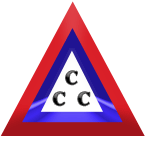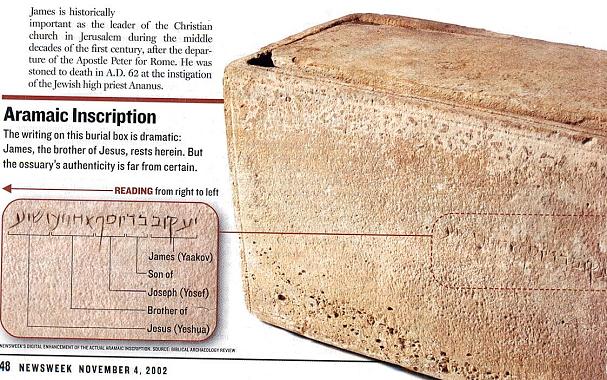|
The significance of these points has to do with the facts that:
a) breastfeeding virtually prevents conception, meaning longer breastfeeding would have spaced out Jesus' brothers and sisters approximately 2-5 years apart minimum, most likely about 3 yrs on the average (2 yrs breastfeeding plus 9 mths conception).
b) If Joseph and Mary were a typical poor Jewish family (we do know that they were poor Lev12:8 Lk2:24, and law-abiding Mat1:19a Lk1:30) their children would have been an additional help to the family income and not a hindrance--as is common in the families of today. Thus, it is highly probable that the family strove to have many children. The fact that Jesus had relatively few brothers and sisters (according to their culture anyway, not ours) means that Mary probably stopped conceiving and bearing children at some point long before Jesus' ministry began.
•Cana of Galilee, Jn2: This passage is another omission of Joseph's headship of the family, and possibly also points to the fact that Joseph was already dead. I.e., Mary did not ask Joseph, her "head" what to do, but sent the servant to ask her oldest son (Jesus) what to do instead, who would have been the next in line in command to take on the responsibilities of providing for the family. GOD then did the miracle because Mary believed, and deferred to her oldest Son Jesus, which was quite possibly her duty in order to fulfill her role or responsibilities as a just woman before GOD.
•The question, "Where did He learn letters?" in Jn7:15 seems to point to the fact that Joseph, whose responsibility I am certain it was to teach Jesus the Torah (which was held as a very sacred skill, not to be passed off too quickly on children who would not appreciate it), never was able to complete this task. In other words, the people commenting about him, "Where did He learn letters?" knew He had had no formal religious training, which, in a poor family, would have been the responsibility of his father.
The below excerpt, found and researched on 1/6/03 (after all of the above was written) basically confirms most of what was stated above. It was written by Dr. Karl D. Coke, and was taken from his web-site at... https://www.karlcoke.com/Jesus_Bar_Mitzvah.htm:
Lessons From Jesus' Bar Mitzvah
The best passage in the New Testament to emphasize the need to discover Christ's Jewish roots is Luke 2:41-52, the days following His bar mitzvah. Nothing in Greek culture, language, or philosophy can shed light on this purely Jewish passage. Only a look into our Jewish roots can reveal the truth contained in this passage.
In the Song of Moses (Exodus 15), it says in verse 2, "The Lord is my strength and my song; He has become my salvation. He is my GOD, and I will praise him, my father's GOD, and I will exalt him." To "exalt" or "enshrine" GOD is carried out in the bar/bat mitzvah. The bar/bat mitzvah is the official recognition of the celebrant's desire to begin a lifelong walk with GOD. It gives the celebrant an opportunity to "graduate" into a life-style of "walking with his/her GOD." Walking with GOD (halacha) is the ultimate goal of life. Walking with GOD is what Adam and Eve lost in Eden as the result of sin. It is what all men desire. The doorway into a walk with GOD is Jesus Christ. He said in John 14:6, "No one comes to the Father except through me." A bar/bat mitzvah is not just a "rite of passage" acknowledging reaching puberty. The bar/bat mitzvah offers the individual the opportunity to celebrate his/her decision to "walk with GOD" in a new and living way. This decision includes pledging one's life to the study of GOD's Word with the view of obeying all that GOD says.
| |


